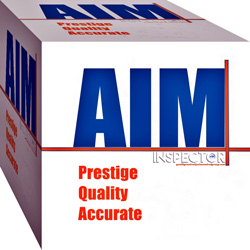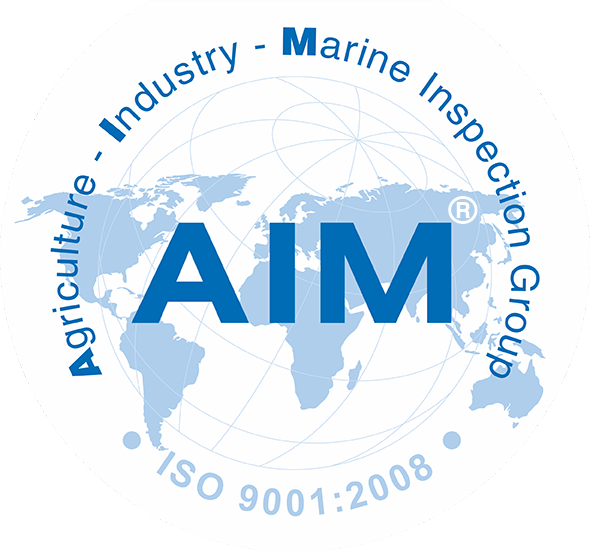Reefer cargo inspection services
Reefer cargo inspection services
Reefer cargo inspection services are carried out on Cargo and Reefer containers to its safe from exporter's to importer's locals in shipping.
Reefer cargo inspection services are purposes
1. to approve the quality and quantity on the Pre-shipment cargo inspection services (PSI)
2. to pass a thorough Pre-Trip Inspection services (PTI) prior to each time of stuffing.
3. to identity the cause and damage extent via the inspection of reefer container and cargo damage at the arrival at the port of receivers
4. Others
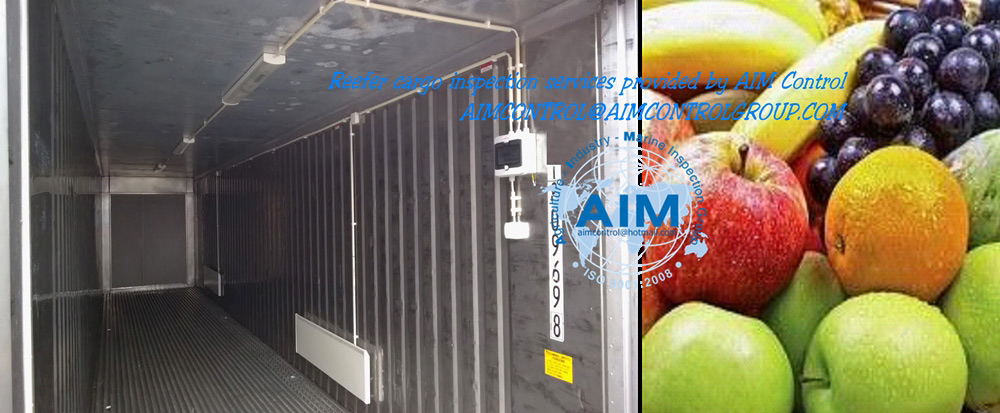
What is Reefer Container?
Reefer container is an acronym for Refrigerated container.
In transporting of goods, that temperature to be controlled of spoiled fruits, meat, fish, seafood, ... or non-food goods such as flowers, medicines, ..called fresh and frozen cargo through long journeys of shipping.
Cold container
In international transport, many goods need to be refrigerated at low temperatures or frozen with strictly controlled temperatures. And this is the reason that reefer containers are needed in useful.
How does reefer container function?
Reefer containers are bottom air delivery units designed to distribute chilled air from the floor, via specific T-shaped decking of floor, with the advantage of producing a consistent and uniform flow of air across the entire shipment, powerful enough to ensure a perfect air exchange with the goods.
And in addition to keeping shipments cold, refrigerated containers also have the ability to increase the temperature of goods if necessary. Refrigerated containers are capable of bringing and maintaining temperatures up to 30°C when required, regardless of the outside temperature.
One more important point to note is that the refrigerated unit of a refrigerated container is not designed to reduce the temperature of the cargo, its main purpose is to maintain the temperature of the cargo. That is, the goods must be cooled to the required temperature before being put into the container.
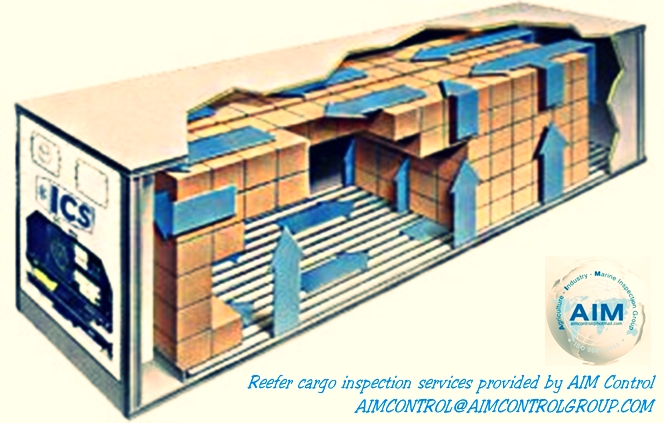
For each different type of goods, the requirements for heat preservation will be different, for example:
-
If the goods in the container need to be kept refrigerated above 0 degrees Celsius, the air flow will have to pass through the goods during the time from loading the container to opening the container, so the bales and pallet to be loaded which must be suitable as “ventilation”, “space channels”.
-
If the goods in the container are frozen goods, the principle of operation will be to let the cold air flow around the goods, people will require the goods to be packed in sealed packages and stacked close together.
Insulation container
Goods to be kept cold or to be kept frozen
Example of cold treatment of goods in an insulated container:
Because some fruits are susceptible to potential pathogens, some importing countries such as China, Japan, Nigeria, require cold treatment of fruit before import (commonly referred to as Steri shipments as disinfection, fumigation, bactericidal activities).
For these shipments, the fruit will be pre-cooled at a lower than normal temperature. To monitor this, steri probes (usually 3 probes per container) are inserted into the fruit to monitor the temperature of the fruit during the voyages. There is a minimum allowable tolerance in the variance of the temperature. However, if the tolerances are exceeded, the goods need to be adjusted to the required temperature. Upon arrival at the port of destination, if the machines give results that exceed the tolerances, the goods will not be allowed to clear.
Basically, refrigerated containers can keep temperatures between -65 degrees Celsius and 30 degrees Celsius, depending on the model and manufacturer. Conventional models may have a narrower temperature range of -25°C to 25°C.
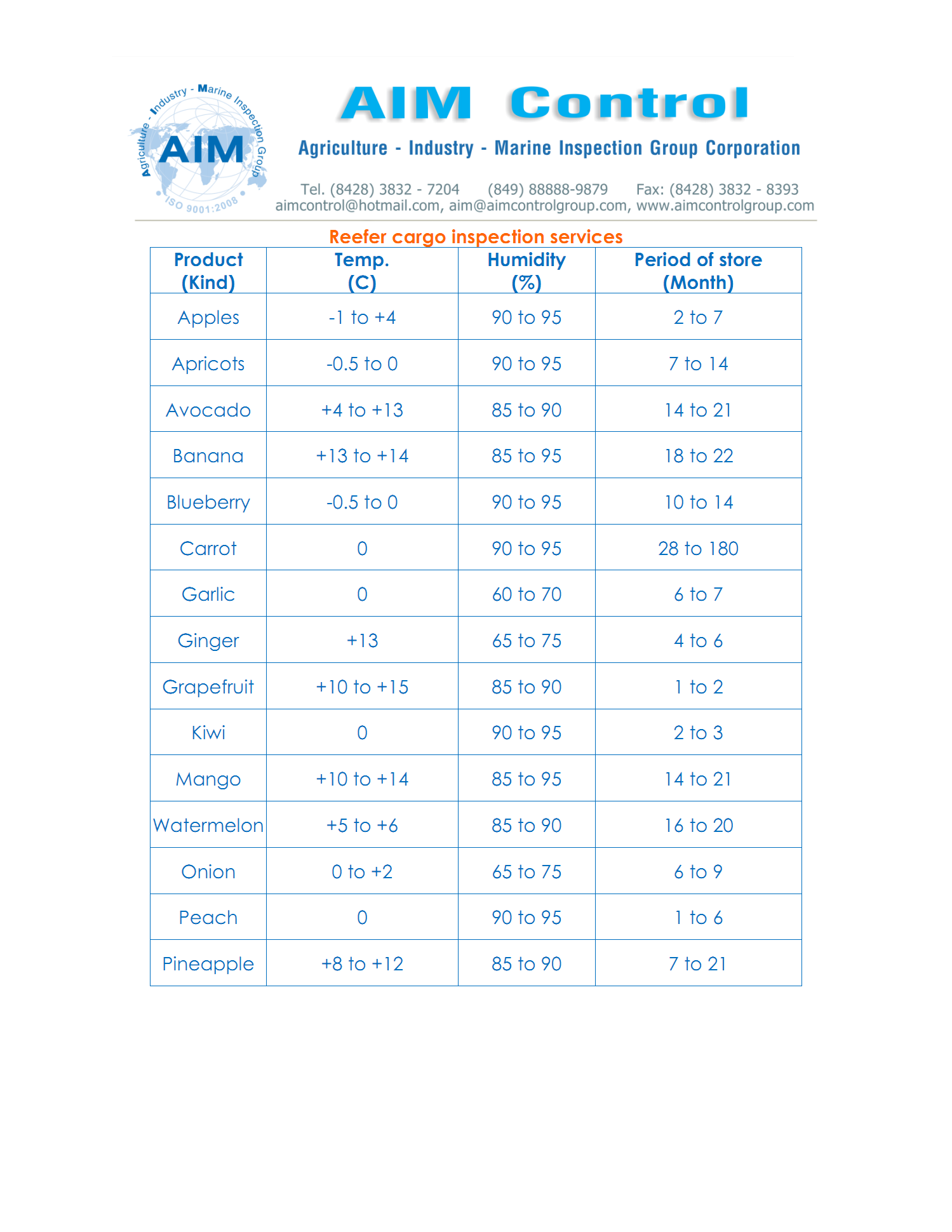
Check steps for stowage of reefer cargo
-
Cargo should not be stuffed beyond the end of the T-floor
-
Cargo should not be stuffed above the red load line
-
Cargo must be stable on the floor and tightly wedged so it doesn’t shift during passage
-
Unit must always be set at the proper carrying temperature and this set temperature will vary according to the cargo being loaded
-
Dehumidification controls must be checked
-
If pre-cooling is required, it must be the cargo that is pre-cooled and not the container, unless the container is loaded in an air-locked cold tunnel in the cold storage
-
Ventilation setting is of utmost importance and must be set at the correct level
-
As air will follow the path of least resistance, there should not be any restrictions for air flow and any gaps between the pallets and the doors must be closed using cardboard or even wood. This will then force the air to circulate correctly and reduce the potential for heat sinks (warm air continuously circulating) near the doors.
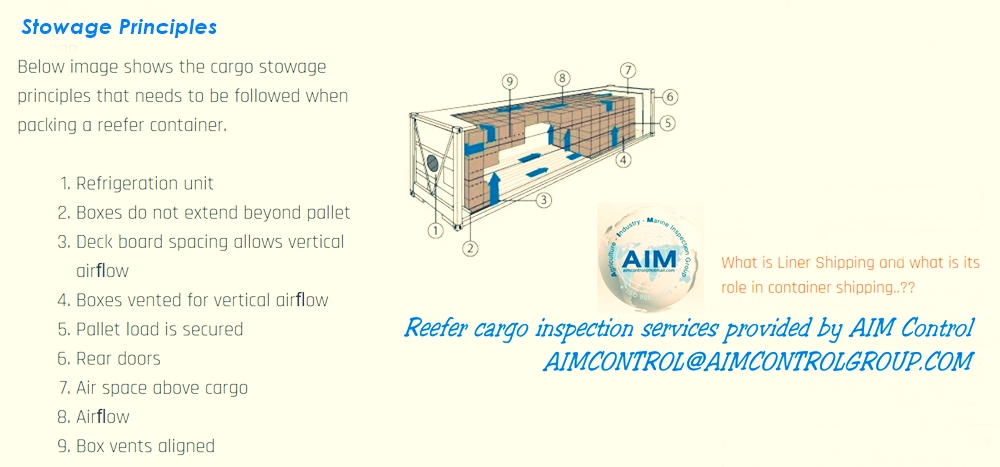
We need to advise all concerned parties on below during loading Cold Treatment Containers:
-
If from AIM Control (AIM Group®) Reefer cargo inspector (surveyor) tasks to accept or reject the loading of cargo depend of the testing result or is forced to load the cargo even if the cargo is not precooled.
-
Our Reefer container inspector (surveyor) can prevent the shipper from stuffing cargo in container if the cargo temp in cold store not reached to the protocol temp.
-
In case of AIM Control (AIM Group®) inspector (surveyor) attending the shipper packinghouse and one or more of the 3 cargo random samples temperature is discovered to be not equal or no meet with the suitable temperature, the requirement to shipper who should to proceed in stop the loading till the cargo retuned to the cold store for pre-cooling again and then to stuff the cargo or to reject the stuffing.
-
The shipper and their authority parties has the responsibility to ensure that cargo is well pre-cooled and what happens if the cargo are not pre-cooled to the point of required treatment before loading their on entire liability.
-
Transportation of Refrigerated cargo in containers has had significant impact on the supply chain its including international shipping policies, and international conventions and protocols.
-
It must also be remembered that a reefer container is not capable of freezing the cargo in the same manner as your freezer at the reefer warehouse of storage. The cargo must be at the required carrying temperature when loaded into the container.
-
It should always maintain the reefer power for the container in all cases or be always knowledge to the time and period once the Refrigerated Container is unplugged out of power of electricity supply.
-
The port authority is always report in EIR (Equipment Interchange Receipt)
PTI procedures for reefer containers at port
Before power on
-
General inspection (Ensure unit and components are free from physical damage and are not missing (Box, Contactors, Cable, Plug, Compressor, Loosen wire, etc.)
-
Check Cleanliness: No extra labels, Cargo Debris/Remnants, etc.
-
Check Refrigerant and Lubricant
-
Inspect Partlow: Ensure chart drive is rewound and battery level is in range
-
Check electric insulation value (compressor, motors, heaters)

After power on
-
Ensure phase correction contractors are in function (Measure and record voltage)
-
Check of serviceability of engine:
-
Ensure no abnormal noises components
-
Ensure fan and blower are in proper direction
-
Initiate LPPP (CFII), FPT (Smart), LPP (MHI), Auto PTI (Micro link) or FPTI(MPC)
-
Detect proper working unit at reaching set-point
-
Calibrate sensors and Partlow element
-
Check RV%
-
Preset temperature setting to –18°C:
-
Initiate and check that the unit goes into manual defrost and complete cycle
-
Check cleanliness of drains
-
Record oil level directly after defrost
-
Upon temperature reach to –18°C and unit is running in full cool
-
Measure compressor pressure
-
Measure currents (Compressor, Cond. Fan motor, Evap. Motor, heater)
-
Detect proper working unit at reaching set-point –18°C check Freon level
-
Set temp to 0°C and run – Switch off upon reaching 0°C temp
-
Upon unit reaching to 0°C, record and calibrate sensors and Partlow element
Final check
-
Switch off unit on/off switch, leave power selection switch to 380/440V
-
Ensure doors locked secure (reefer, controller box, Partlow, etc.)
-
It’s worth noting that above content is only the guideline and should not replace or override PTI procedures recommended by the manufacturer of a particular refer container or the procedures set up by an individual shipping company.
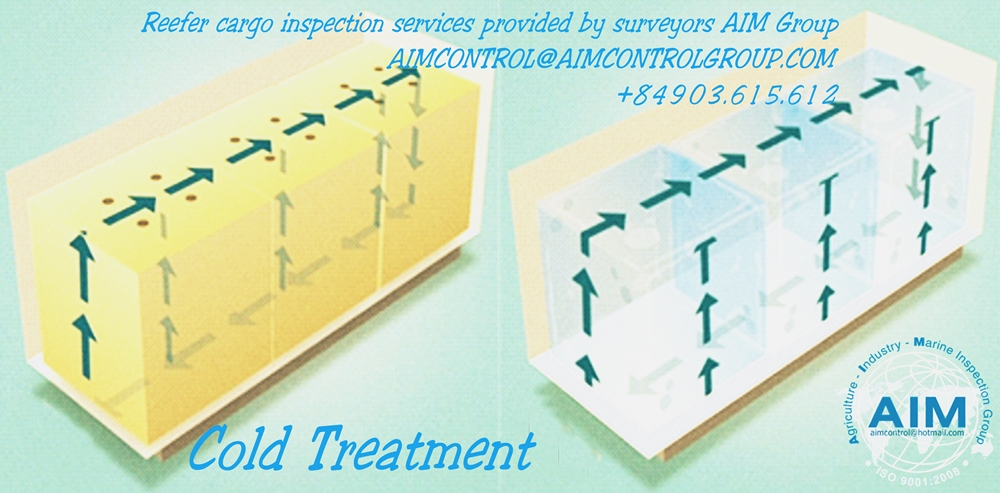
See more
The fresh product quality inspection services
Other news :
- Fruits quality control and certification
- Quality potato inspection and certification
- Collateral Management International
- Coffee Inspection
- Global nuts and seeds quality control inspection
- Wheat quality inspection
- QA QC on animal feed ingredients in aquaculture feed
- Agricultural products quality assurance aquaculture quality control
- Quality inspection Meat and bone meal
- Agricultural commodities quality inspection services
